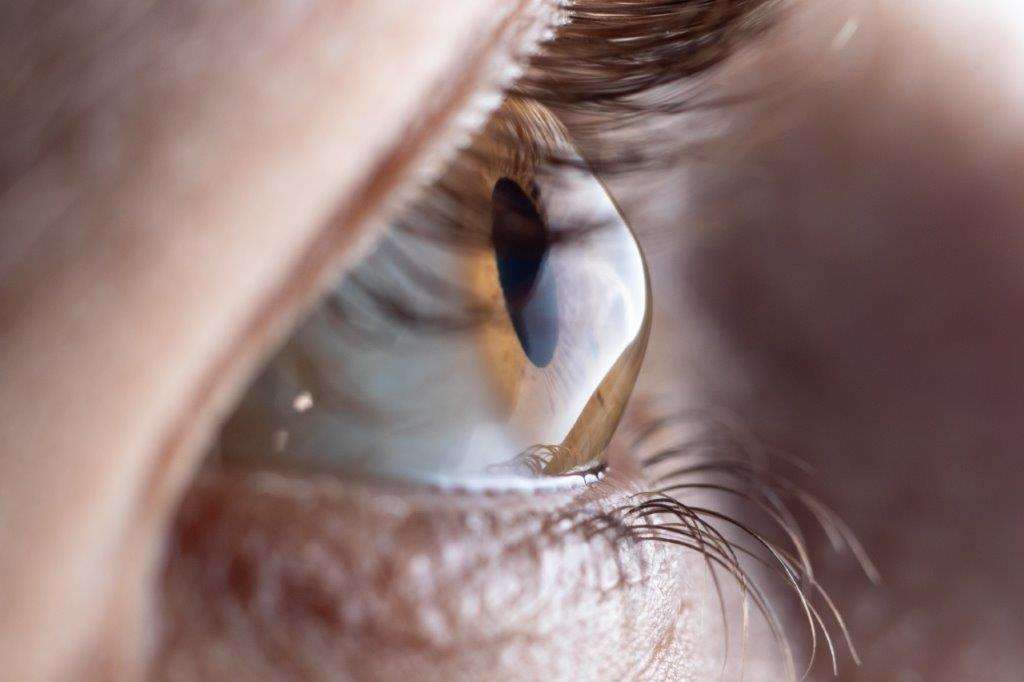KERATOCONUS
WHAT IS KERATOCONUS?
Keratoconus is an eye disorder whereby both corneas progressively thins and steepens at different rates into a cone-like bulge. This irregularlity in the corneal surface and elongation of the eye length leads to myopia and astigmatism. Symptoms include blurry vision, light sensitivity, halos and ghosting which are particularly worse at night. It can result in severe vision loss when the cornea scars or even perforates.
What causes keratoconus?
Keratoconus can be caused by genetics, eye rubbing, eczema,
asthma and allergy. Avoid vigorous eye rubbing and treat any underlying cause
for itchy eyes such as allergies or dry eyes.
It occurs in about one in 84 Australian 20 year olds. It
typically presents in early adolescence and progresses into the second and
third decades of life. It occurs more commonly in Middle Eastern and Asian
races. It affects men and women equally.
Early detection and screening is important as it allows for
effective management and treatment, and can help avoid the need for invasive
corneal surgeries. Screening techniques include topography, tomography, corneal
pachymetry, wavefront aberrometry, corneal biomechanics and genetic testing.

What treatments are there?
Early stages are typically prescribed glasses and soft contact lenses. Special contact lenses and spectacle lenses that are aberration-reducing are available to improve vision by reducing halos and ghosting.
As the condition advances and the cornea becomes too distorted that glasses can’t help; rigid gas permeable (RGP) lenses, mini-scleral and scleral hard lenses will then be required. These specialised large-diameter hard contact lenses rest on the conjunctiva, vaulting over the irregular cornea. It gives the cornea a new mould, one with an even round surface, so that functional vision can be restored. These newer lenses provide a superior fit over traditional smaller RGPs, providing better vision and comfort.
In cases where there is documented progression, a referral to see a corneal specialist for corneal cross-linking (CXL) is warranted. Cross-linking is a minimally invasive procedure that aims to stiffen the cornea, in an attempt to slow and sometimes halt progression. In some cases, CXL combined with Photorefractive Keratoplasty (PRK) surgery is needed.
In moderate cases, intracorneal ring segments (ICRS) can be implanted to reshape the corneal curvature. This is a minimally invasive surgery and is reversible. It can be used in cases to help improve contact lens tolerance and also to prevent or delay the need for corneal transplantation. In some cases where the keratoconus is stable, lens implants can be surgically inserted as a form of vision correction.
Unfortunately some cases do get advance and need corneal transplants. Once the grafts have settled, scleral (hard) contact lenses are typically prescribed to improve vision.

Useful links/resources:
Santodomingo-Rubido, J, Carracedo, G, Suzaki, A, Villa-Collar, C, Vincent, S, Wolffsohn, J (2022) Keratoconus: An updated review. Contact Lens Journal.
